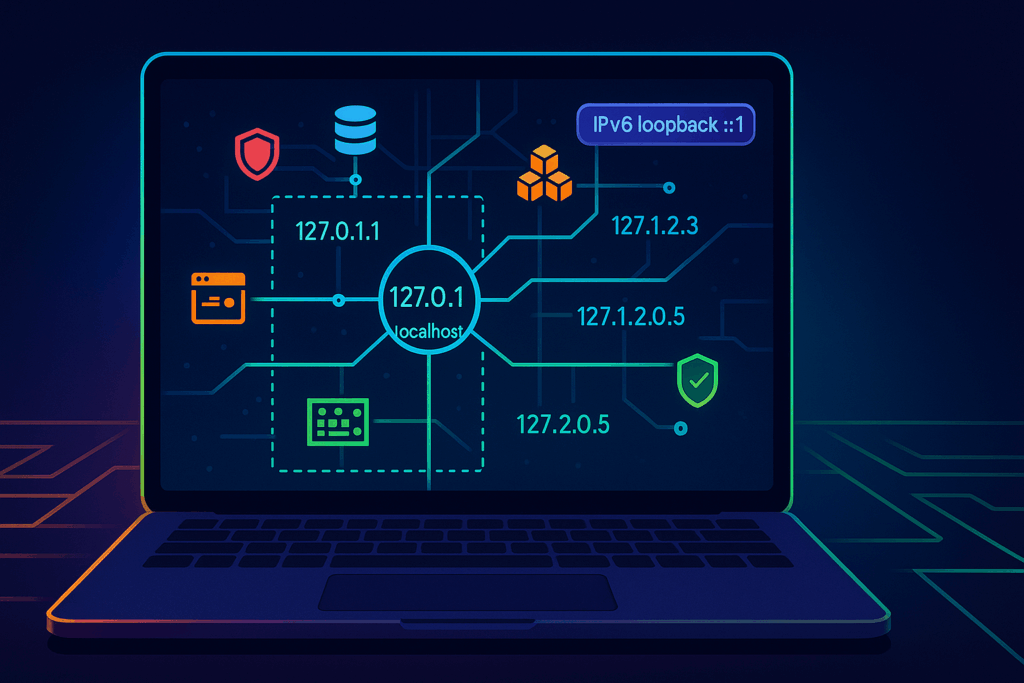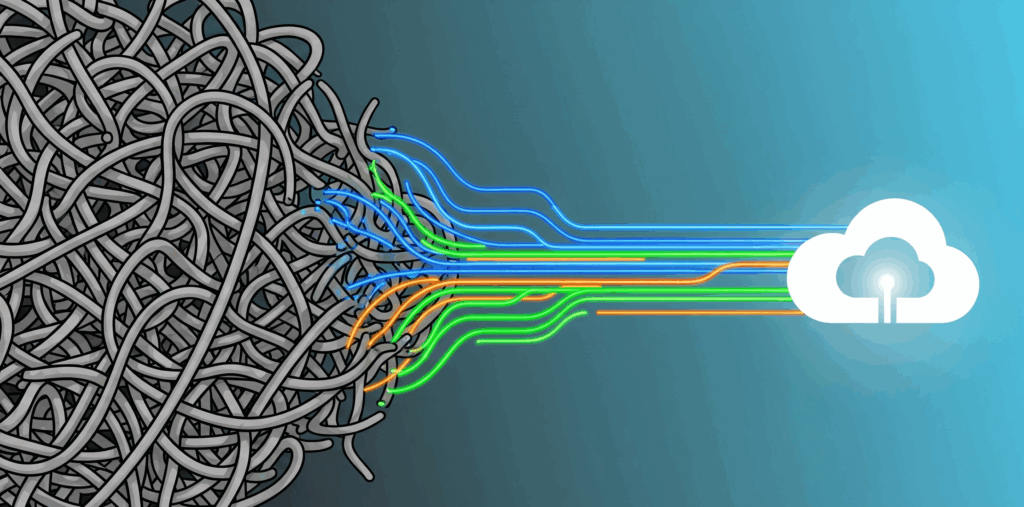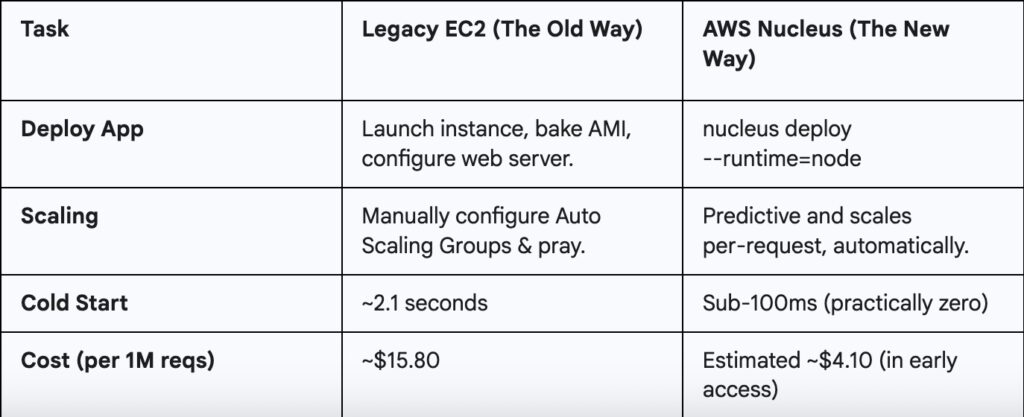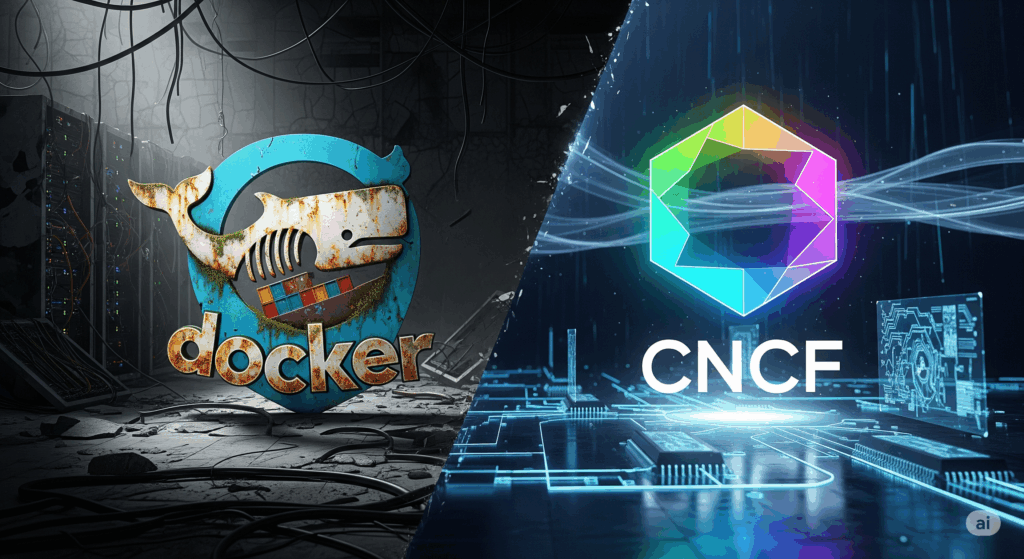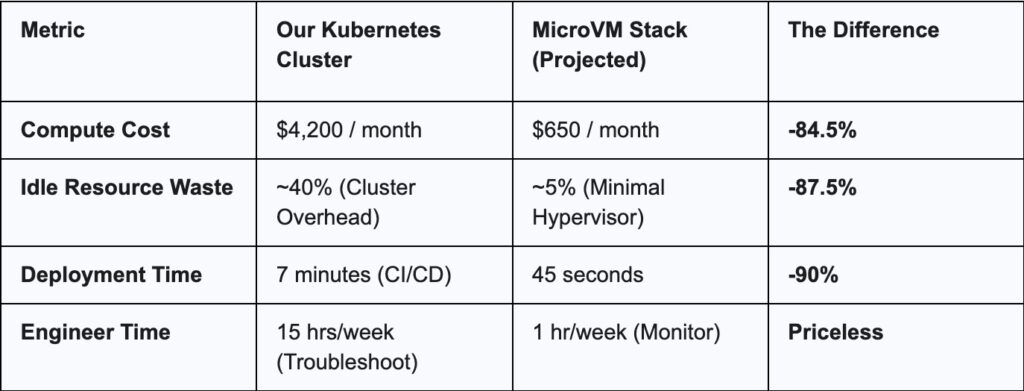
The first time I heard the term “sustainability smell,” I rolled my eyes. It sounded like a fluffy marketing phrase dreamed up to make cloud infrastructure sound as wholesome as a farmers’ market. Eco-friendly Terraform? Right. Next, you’ll tell me my data center is powered by happy thoughts and unicorn tears.
But then it clicked. The term wasn’t about planting trees with every terraform apply. It was about that weird feeling you get when you open a legacy repository. It’s the code equivalent of opening a Tupperware container you found in the back of the fridge. You don’t know what’s inside, but you’re pretty sure it’s going to be unpleasant.
Turns out, I’d been smelling these things for years without knowing what to call them. According to HashiCorp’s 2024 survey, a staggering 70% of infrastructure teams admit to over-provisioning resources. It seems we’re all building mansions for guests who never arrive. That, my friend, is the smell. It’s the scent of money quietly burning in the background.
What exactly is that funny smell in my code
A “sustainability smell” isn’t a bug. It won’t trigger a PagerDuty alert at 3 AM. It’s far more insidious. It’s a bad habit baked into your Terraform configuration that silently drains your budget and makes future maintenance a soul-crushing exercise in digital archaeology.
The most common offender is the legendary main.tf file that looks more like an epic novel. You know the one. It’s a sprawling, thousand-line behemoth where VPCs, subnets, ECS clusters, IAM roles, and that one S3 bucket from a forgotten 2021 proof-of-concept all live together in chaotic harmony. Trying to change one small thing in that file is like playing Jenga with a live grenade. You pull out one block, and suddenly three unrelated services start weeping.
I’ve stumbled through enough of these digital haunted houses to recognize the usual ghosts:
- The over-provisioned powerhouse: An RDS instance with enough horsepower to manage the entire New York Stock Exchange, currently tasked with serving a blog that gets about ten visits a month. Most of them are from the author’s mom.
- The zombie load balancer: Left behind after a one-off traffic spike, it now spends its days blissfully idle, forwarding zero traffic but diligently charging your account for the privilege of existing.
- Hardcoded horrors: Instance sizes and IP addresses sprinkled directly into the code like cheap confetti. Need to scale? Good luck. You’ll be hunting down those values for the rest of the week.
- The phantom snapshot: That old EBS snapshot you swore you deleted. It’s still there, lurking in the dark corners of your AWS account, accumulating charges with the quiet persistence of a glacier.
The silent killers that sink your budget
Let’s be honest, no one’s idea of a perfect Friday afternoon involves becoming a private investigator whose only client is a rogue t3.2xlarge instance that went on a very expensive vacation without permission. It’s tempting to just ignore it. It’s just one instance, right?
Wrong. These smells are the termites of your cloud budget. You don’t notice them individually, but they are silently chewing through your financial foundations. That “tiny” overcharge joins forces with its zombie friends, and suddenly your bill isn’t just creeping up; it’s sprinting.
But the real horror is for the next person who inherits your repo. They were promised the Terraform dream: a predictable, elegant blueprint. Instead, they get a haunted house. Every terraform apply becomes a jump scare, a game of Russian roulette where they pray they don’t awaken some ancient, costly beast.
Becoming a cloud cost detective
So, how do you hunt these ghosts? While tools like Checkov, tfsec, and terrascan are your trusty guard dogs, they’ll bark if you leave the front door wide open; they won’t notice that you’re paying the mortgage on a ten-bedroom mansion when you only live in the garage. For that, you need to do some old-fashioned detective work.
My ghost-hunting toolkit is simple:
- Cross-Reference with reality: Check your declared instance sizes against their actual usage in CloudWatch. If your CPU utilization has been sitting at a Zen-like 2% for the past six months, you have a prime suspect.
- Befriend the terraform plan command: Run it often. Run it before you even think about changing code. Treat it like a paranoid glance over your shoulder. It’s your best defense against unintended consequences.
- Dig for treasure in AWS cost explorer: This is where the bodies are buried. Filter by service, by tag (you are tagging everything, right?), and look for the quiet, consistent charges. That weird $30 “other” charge that shows up every month? I’ve been ambushed by forgotten Route 53 hosted zones more times than I care to admit.
Your detective gadgets
Putting your budget directly into your code is a power move. It’s like putting a security guard inside the bank vault.
Here’s an aws_budgets_budget resource that will scream at you via SNS if you start spending too frivolously on your EC2 instances.
resource "aws_budgets_budget" "ec2_spending_cap" {
name = "budget-ec2-monthly-limit"
budget_type = "COST"
limit_amount = "250.0"
limit_unit = "USD"
time_unit = "MONTHLY"
cost_filters = {
Service = ["Amazon Elastic Compute Cloud - Compute"]
}
notification {
comparison_operator = "GREATER_THAN"
threshold = 80
threshold_type = "PERCENTAGE"
notification_type = "FORECASTED"
subscriber_sns_topic_arns = [aws_sns_topic.budget_alerts.arn]
}
notification {
comparison_operator = "GREATER_THAN"
threshold = 100
threshold_type = "PERCENTAGE"
notification_type = "ACTUAL"
subscriber_sns_topic_arns = [aws_sns_topic.budget_alerts.arn]
}
}
resource "aws_sns_topic" "budget_alerts" {
name = "budget-alert-topic"
}And for those phantom snapshots? Perform an exorcism with lifecycle rules. This little block of code tells S3 to act like a self-cleaning oven.
resource "aws_s3_bucket" "log_archive" {
bucket = "my-app-log-archive-bucket"
lifecycle_rule {
id = "log-retention-policy"
enabled = true
# Move older logs to a cheaper storage class
transition {
days = 30
storage_class = "STANDARD_IA"
}
# And then get rid of them entirely after a year
expiration {
days = 365
}
}
}An exorcist’s guide to cleaner code
You can’t eliminate smells forever, but you can definitely keep them from taking over your house. There’s no magic spell, just a few simple rituals:
- Embrace modularity: Stop building monoliths. Break your infrastructure into smaller, logical modules. It’s the difference between remodeling one room and having to rebuild the entire house just to change a light fixture.
- Variables are your friends: Hardcoding an instance size is a crime against your future self. Use variables. It’s a tiny effort now that saves you a world of pain later.
- Tag everything. No, really: Tagging feels like a chore, but it’s a lifesaver. When you’re hunting for the source of a mysterious charge, a good tagging strategy is your map and compass. Tag by project, by team, by owner, heck, tag it with your favorite sandwich. Just tag it.
- Schedule a cleanup day: If it’s not on the calendar, it doesn’t exist. Dedicate a few hours every quarter to go ghost-hunting. Review idle resources, question oversized instances, and delete anything that looks dusty.
Your Terraform code is the blueprint for your infrastructure. And just like a real blueprint, any coffee stains, scribbled-out notes, or vague “we’ll figure this out later” sections get built directly into the final structure. If the plan calls for gold-plated plumbing in a closet that will never be used, that’s exactly what you’ll get. And you’ll pay for it. Every single month. These smells aren’t the spectacular, three-alarm fires that get everyone’s attention. They’re the slow, silent drips from a faucet in the basement. It’s just a dollar here for a phantom snapshot, five dollars there for an oversized instance. It’s nothing, right? But leave those drips unchecked long enough, and you don’t just get a high water bill. You come back to find you’ve cultivated a thriving mold colony and the floorboards are suspiciously soft. Ultimately, a clean repository isn’t just about being tidy. It’s about financial hygiene. So go on, open up that old repo. Be brave. The initial smell might be unpleasant, but it’s far better than the stench of a budget that has mysteriously evaporated into thin air.


